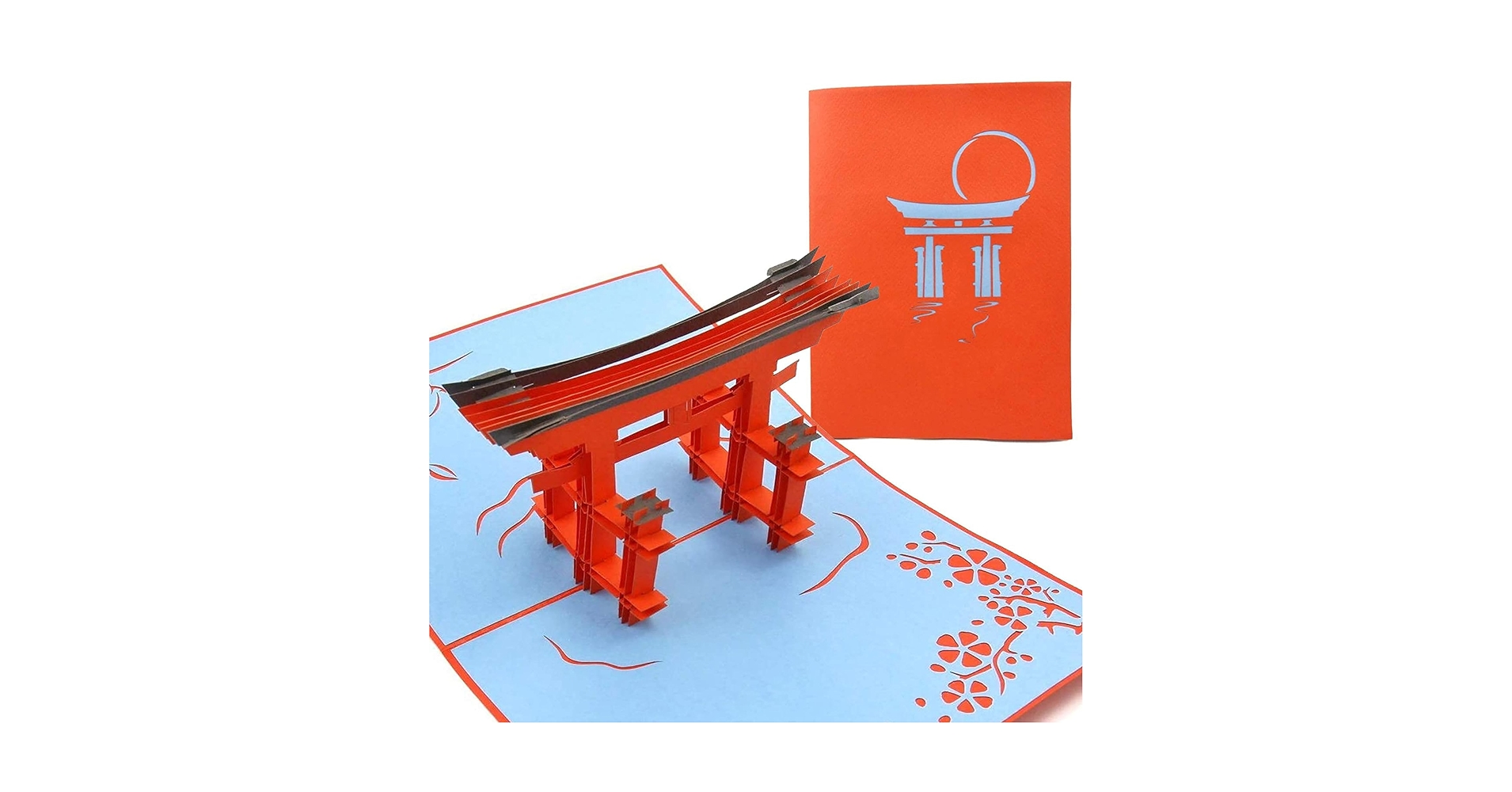Few symbols are as instantly recognizable in Japanese culture as the torii gate—those striking red or wooden structures that mark the entrance to Shinto shrines. Elegant and serene, torii gates do more than simply decorate temple grounds; they represent a profound transition from the ordinary to the sacred.
But where did torii gates come from, and what do they truly mean? Let’s take a closer look at the origins, symbolism, and global presence of these iconic spiritual gateways.
What Is a Torii Gate?
A torii is a traditional Japanese gate that signifies the entrance to a Shinto shrine. Passing beneath one marks the boundary between the secular world and a space inhabited by kami—the divine spirits of Shinto belief. It’s a moment of quiet reverence, a subtle ritual that begins each shrine visit.
Torii gates are also believed to function as yorishiro—objects capable of attracting divine spirits. In that sense, the torii is not just a doorway, but a spiritual beacon welcoming the gods.
The Symbolism of Torii Design
The most common form is the shinmei torii, a simple structure made of two upright pillars supporting a pair of crossbeams. Variations include the myojin torii, which features gracefully curved upper beams.
As for the name “torii,” one popular theory links it to birds—“tori” means “bird” in Japanese. In ancient times, birds were believed to be messengers of the gods, and gates may have originated as perches or resting places for these sacred creatures.
Origins: From Bird Worship to Spiritual Threshold
The origins of torii gates remain somewhat mysterious, but many scholars believe they grew out of bird divination rituals practiced in early Japanese folk religion. Birds were revered as creatures who could travel between the human and spiritual realms, and structures that welcomed or symbolized birds gradually took on sacred significance.
The first physical torii gates are believed to have appeared around the 8th century, with the tradition becoming widespread by the Heian period (794–1185). By the Edo period (1603–1868), torii had become fully integrated into the architecture of Shinto shrines, evolving into the forms we see today.
Where You’ll Find Torii Today
Japan is home to tens of thousands of torii gates, ranging from grand structures like the vermilion torii of Fushimi Inari Taisha in Kyoto, to humble wooden gates at local neighborhood shrines. Their presence instantly signals a space of spiritual importance.
Torii Outside Japan
While uniquely Japanese in origin, torii can also be found in various parts of the world—particularly in regions with strong historical ties to Japan.
- Hawaii: Japanese immigrants brought their traditions with them in the late 19th century, leading to the construction of Shinto shrines, complete with torii gates.
- Europe & North America: Japanese gardens and cultural centers sometimes include torii as symbols of aesthetic or cultural appreciation. For instance, a prominent torii stands at the entrance of the Japanese garden in London’s Kew Gardens.
That said, torii gates outside of Japan typically lack religious function, serving more as tributes to Japanese culture rather than active spiritual gateways.
Conclusion: More Than Just an Archway
A torii is not just a picturesque symbol—it’s a portal to the divine, rooted in ancient traditions of bird worship and spiritual boundary-marking. Its enduring presence across Japan, and even abroad, speaks to its powerful role in Japanese spirituality and cultural identity.
Whether you’re walking through a quiet shrine in the countryside or standing beneath a towering red gate in Kyoto, take a moment to recognize the torii for what it truly is: a timeless invitation to pause, reflect, and step into something sacred.



